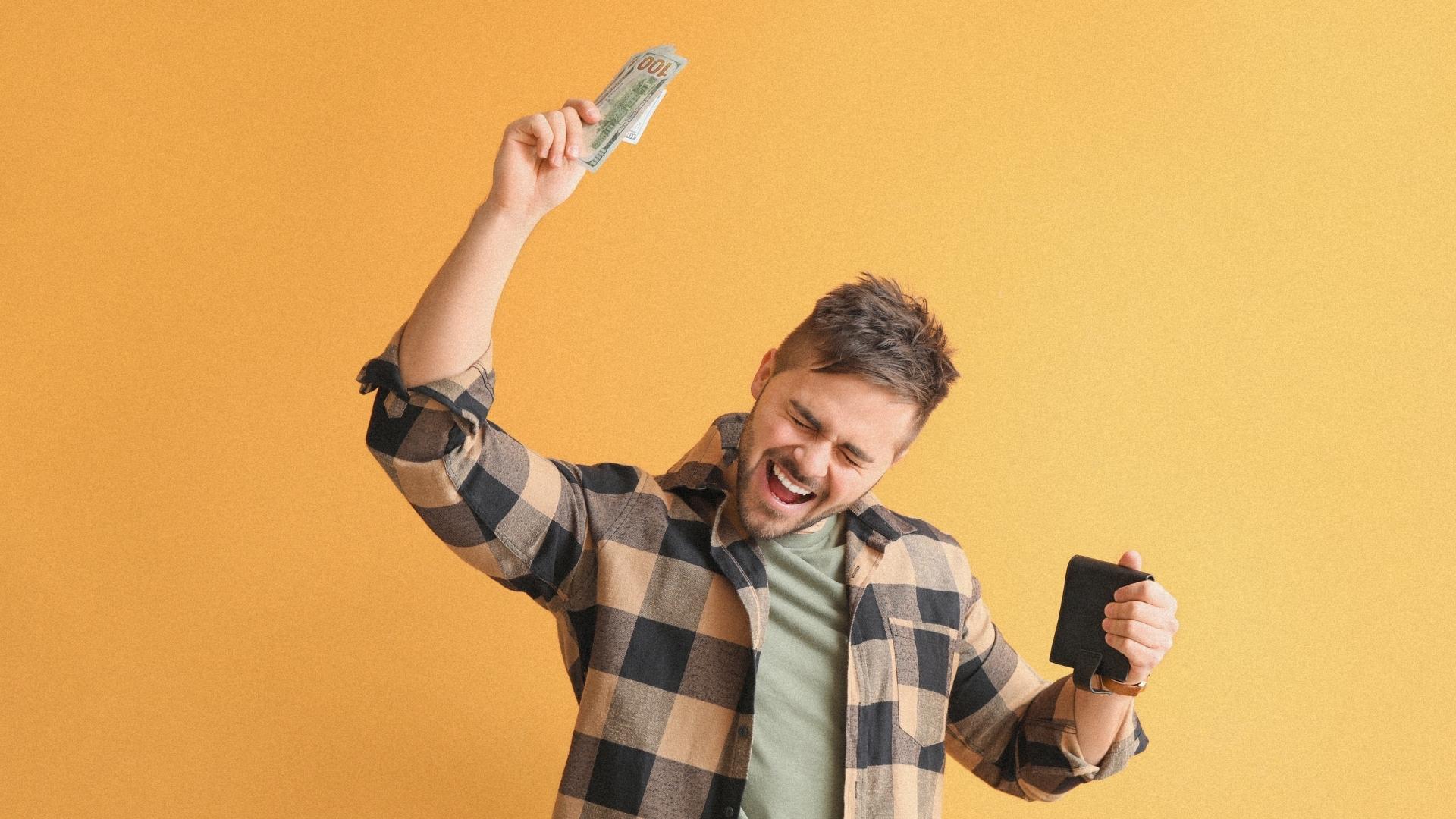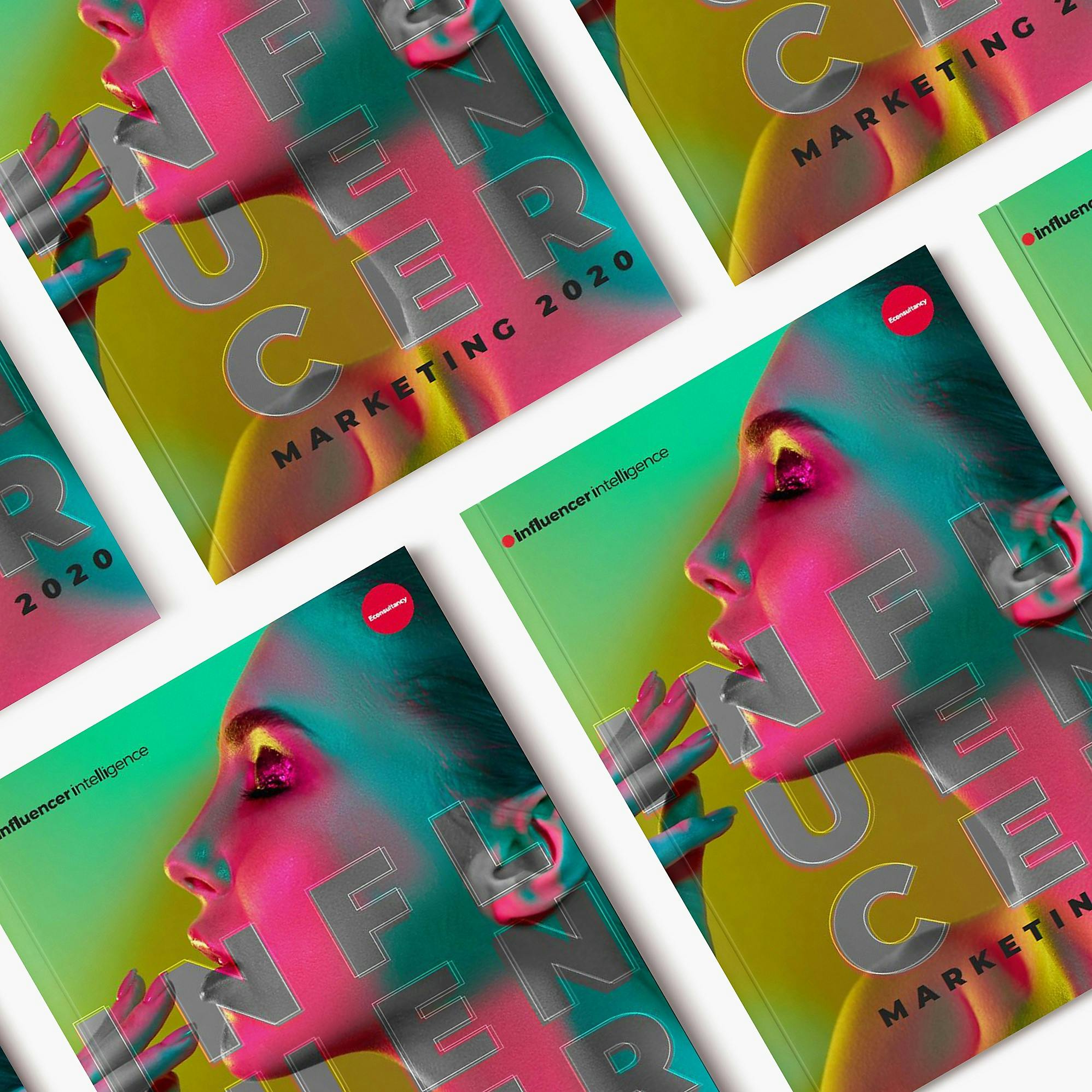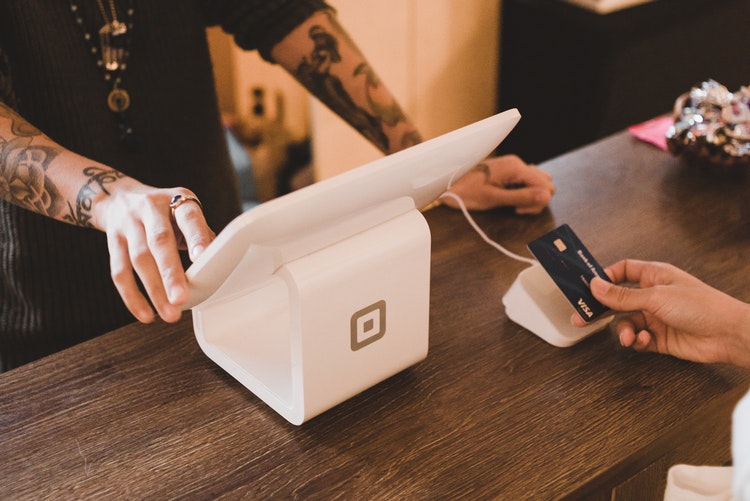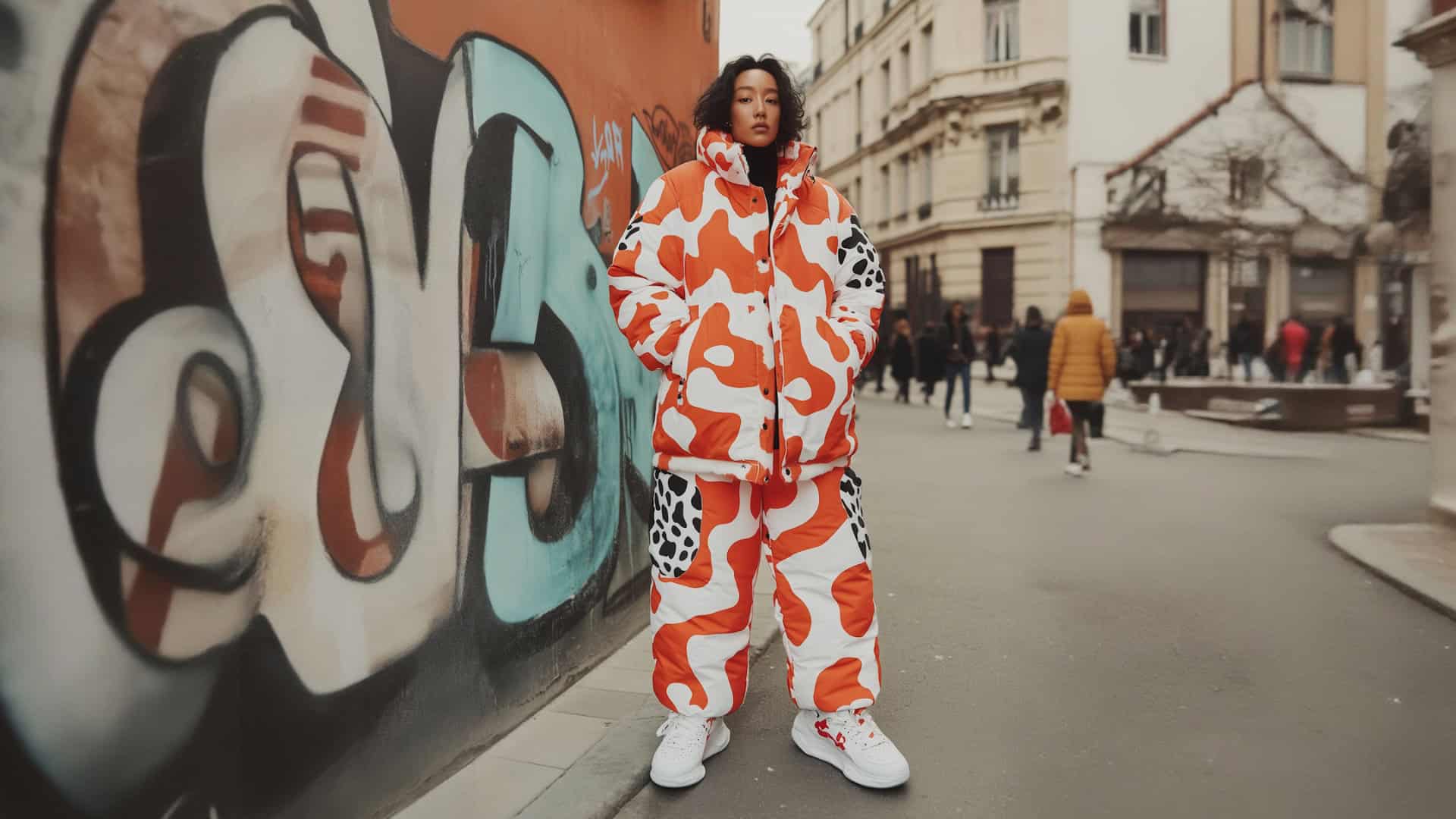
Can You Measure ROI On Influencer Marketing? The Measurement Myth.
Working in this industry, one of the most common questions a client asks is; can you measure ROI (return on investment) and will there even be one? The answer, to both, is yes! One of the biggest myths in Influencer Marketing is that you cannot measure ROI.
According to Influencer Intelligence’s report, Influencer Marketing 2020, proving the ROI of influencers is a big challenge for 84% of marketers. But is it really more challenging to measure Influencer campaigns than it is to measure an advertising or paid social campaign?

In order to determine the true success of a campaign, first you need to identify what success means to your brand/client. In order to do this, it is important that you identify the KPIs (Key Performance Indicators) at the beginning of an Influencer campaign, rather than at the end. It's worth reframing ROI so that it doesn't simply mean the number of sales made; success can be defined as the number of website sessions, sign-ups and even an increase in social following for the brand.
It’s also important to flag that Influencer Marketing should first and foremost be used to raise brand awareness and to help sway a purchase decision, as this is where this form of marketing truly shines. 61% of consumers aged 18-34 have at some point been swayed in their decision making. However, as this industry grows and budgets increase there is an increased pressure to secure sales and prove a monetary ROI for all influencer campaigns.
Let’s say the main KPI for a brand is sales. Direct sales are very simple to measure. Influencer marketers can easily track the direct uplift by utilising utm tagged tracking links in their influencer’s posts on platforms such as Instagram Stories, YouTube and Facebook. However, this only measures the direct sales. This means only the sales from users who swipe-up and purchase without ever leaving the app are accounted for and, as all marketeers know, unfortunately that’s not the average consumers’ purchase journey – it can actually take up to 60 days for the average consumer to make a purchase after serving them with content to drive purchase intent. This means that sales taking place outside of the trackable links are harder to trace.

A way to overcome this is by providing your influencers with discount codes. This not only allows you to track sales directly as well as at a later date, it also allows you to identify the specific influencers that drove sales. In terms of your CPA (Cost per Acquisition/Sale), you should be aiming for anything under £5.00. Whilst you won't always get the fullest picture due to the untraceable purchase paths, if you strategise and track correctly (always made easier with the help of a reputable agency), you will definitely be able to get an understanding of what return you're getting on a budget invested into influencer marketing.
CPE (cost per engagement) should also not be forgotten, especially if your KPI is brand awareness. To measure CPE, you need to calculate the engagement that the influencer’s post has driven – likes, shares, comments, sticker taps, followers gained, swipe-ups and sign-ups are just some of the factors that should be taken into account here. Note, engagements are actions taken by the influencer’s followers. A healthy CPE is typically under £0.10 - if your influencer is getting you anything less than £0.05 then you're definitely onto a winner.
Above all - every successful campaign should drive followers to take action which is what we pride ourselves at here at Found. So, whether you’re after sales, sign-ups or subscribers – get in touch and get Found!






